Forklift Weight: How much does a forklift weigh? It’s important to know the weight of your forklift when transporting it, driving it on trailers, moving it in an elevator, or using it in multi-story buildings. You don’t want your forklift to drop through the floor, causing thousands of dollars of damage and injuring workers!
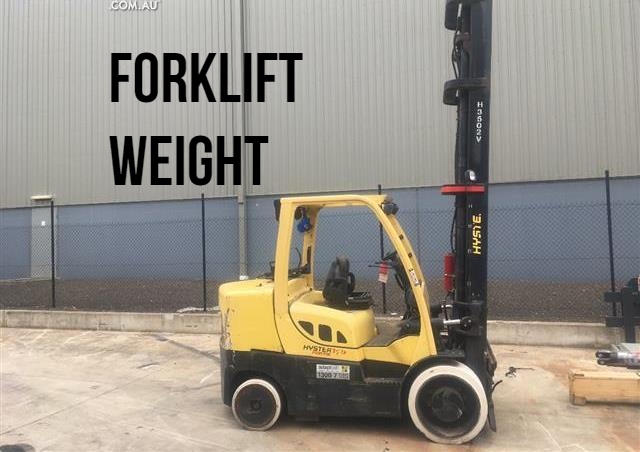
The average weight of a forklift
Forklift weight capacity, Size, and Position: Forklift Weight
The load weight, weight distribution, size, shape, and position are key factors affecting the stability of the forklift.
Forklifts are designed to carry a capacity load at a standard load center, commonly 24 inches.
This means that the forklift’s capacity was determined as if the load were a cube whose weight is evenly distributed (i.e., whose center of gravity is exactly in the center of the cube) and which is resting on a standard pallet having dimensions of 48 inches by 48 inches.
With such a load, the horizontal distance from the center of the load to the vertical part of the forks would be 24 inches.
Of course, most loads are not perfectly shaped cubes having their center of gravity exactly in the middle of the cube. To the extent that the load differs from this theoretical load — such as if it is irregularly shaped, has unbalanced weight distribution, or is not centered on the forks — the capacity may be reduced.
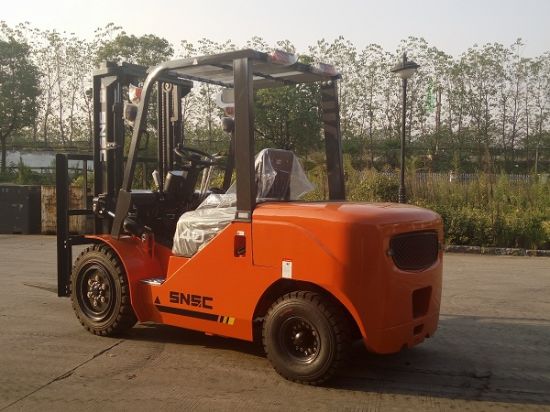
Forklift weight calculation
The service weight of a forklift is different than its lift capacity. Service weight refers to the actual weight of the forklift, including its battery and any attachments it has.
The best place to find the service weight of a forklift is on the forklift’s data tag. Alternatively, you can search forklift manufacturer websites for product specification pages, but the truck’s data tag is typically preferred over this option.
In addition, an industry rule of thumb is that the service weight of the forklift will generally be 1.5 to 2 times the lifting capacity of the forklift.
For example, if your forklift can lift 5,000 pounds, generally the weight of the forklift will be somewhere between 7,500 and 10,000 pounds. But remember, this is simply a rough standard, and manufacturer information or the forklift’s data tag should always be emphasized.
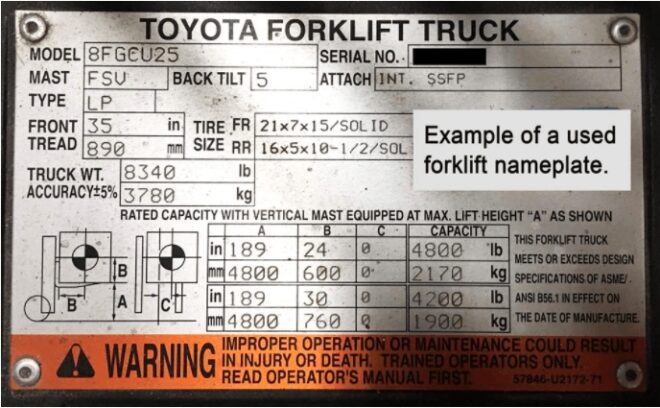
Forklift load capacity
Field Calculation of Safe Load Capacity
Assume a situation where a forklift truck that has a 5,000-pound capacity at a 24-inch load center needs to handle a load whose center is 28 inches from the front face of the forks in the horizontal direction. The first thing to recognize is that the actual load center distance of 28 inches exceeds the standard load center distance of 24 inches on which the 5000-pound capacity is based, so the safe load capacity is actually less than 5000 pounds.
Forklift load center
Shifting Center of Gravity: Forklift load center
All objects have a specific center of gravity. Gravity is a force that always pulls objects toward the earth’s core. Center of gravity means the point on an object at which all of the object’s weight is concentrated and all of the parts balance each other.
For symmetrical loads, the center of gravity is in the middle of the load in terms of the load’s length, width and height. Since the capacity of the forklift is based on the assumption of a cube having the center of gravity in the middle, the shape and position of the actual load are key factors when determining whether a load can be carried safely.
When a load is placed on a forklift, the key concept is the combined center of gravity of the forklift and the load.
For example, a typical unloaded forklift weighing 4000 pounds may have its center of gravity about 10 inches (25.4 cm) above and two feet (0.6 m) behind the front axle, about halfway up the truck body.
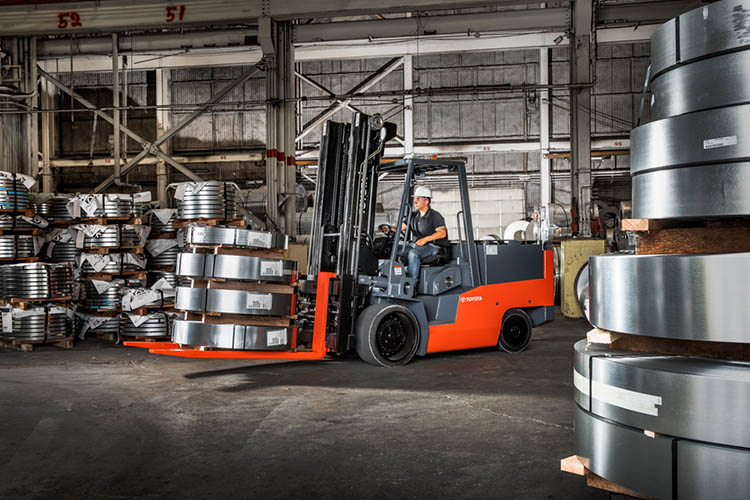
Forklift counterweight
The heavy counterweight located toward the rear of the forklift places the center of gravity toward the rear, which keeps the forklift from tipping forward. In the meantime, a 4,000-pound load consisting of a cube with even weight distribution has a CG in its center.
When the load is placed on the forklift, the combined center of gravity of the forklift and the load will move forward, but the forklift will not tip over so long as the weight of the load is centered and does not exceed the capacity stated on the data plate.
But if the load is too heavy, or if it is placed at the end of the forks so that the load center distance is increased, the excessive load moment will cause the forklift to tip forward. Remember, when the forklift engages a load, the combined center of gravity of both the load and the truck system shift forward from the center of gravity of the unloaded forklift.
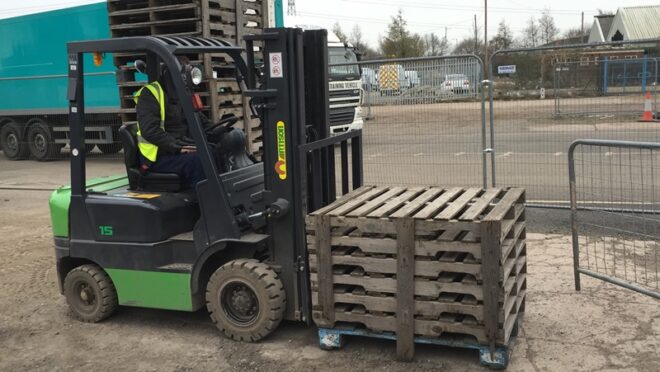
How much does a forklift weigh?
How much does the average forklift weigh?
The average automobile weighs approximately 3,000 lbs and the average forklift weighs close to 9,000 lbs. Also, forklifts are heavier in the rear to counter the weight of items being carried in the forks.
Forklifts are equipped with a nameplate, also called the data plate or forklift capacity plate. The data plate includes vital information about the forklift, such as its fuel type, weight, and forklift load capacity.
The nameplate provides important information for the forklift operator, including the fuel type, forklift weight, and capacity. Operators should read the nameplate to know the forklift’s capabilities and limitations.
if your forklift can lift 5,000 pounds, generally the weight of the forklift will be somewhere between 7,500 and 10,000 pounds.
The most read
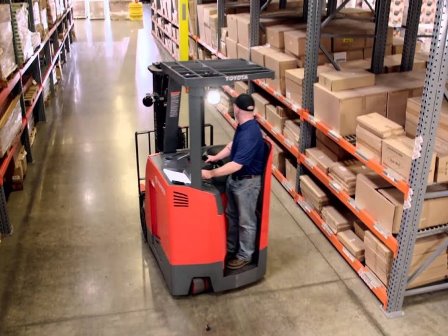
How heavy is a forklift?
While the average automobile weighs around 4,000 pounds, the average forklift weighs around 10,000 pounds.

Forklift Safety Procedures
Forklifts can be dangerous and account for 25% of on-the-job injuries.
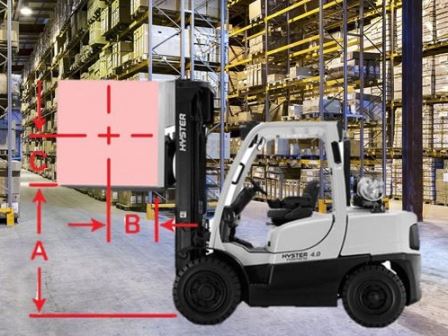
Forklift Capacity Calculator
The lift truck’s lifting capacity factor is important in selecting your equipment.
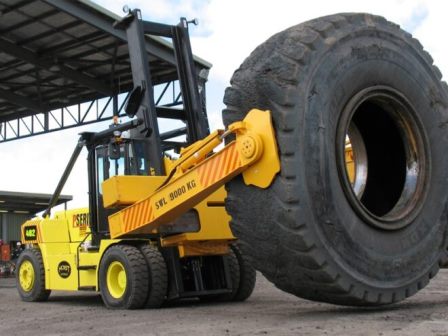
Forklift Lifting Capacity
What useful load can forklifts transport? What requirements are necessary for a forklift?
